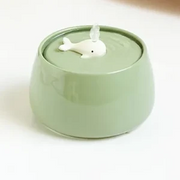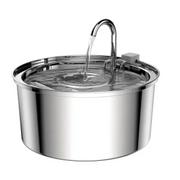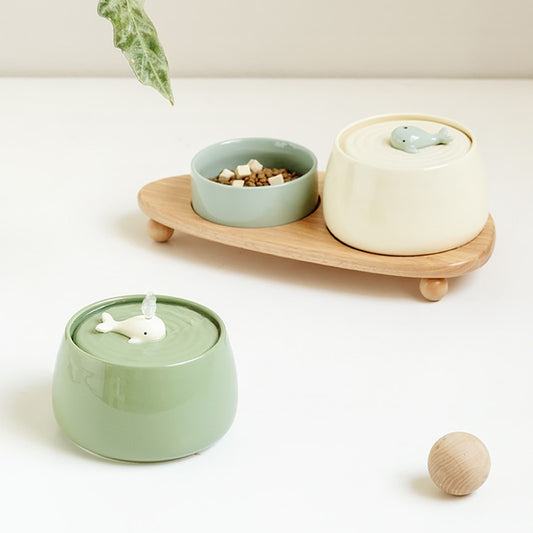Can Cats Eat Chocolate? Exploring the Forbidden Temptation and its Consequences
Cat Water Fountains Australia
Share This Article
As responsible pet owners, it's crucial to be aware of the potential dangers certain foods can pose to our beloved feline companions. One food item that should never be on a cat's menu is chocolate. In this article, we will delve into the topic of cats and chocolate consumption, exploring the toxic effects of chocolate on cats and providing essential information to help keep our feline friends safe.
The Toxicity of Chocolate for Cats
Chocolate contains a substance called theobromine, which is toxic to cats. Unlike humans and some other animals, cats have limited ability to metabolise theobromine efficiently. As a result, even small amounts of chocolate can cause serious health problems in cats.
Types of Chocolate and Their Levels of Toxicity
Not all chocolates are created equal when it comes to their toxicity for cats. Dark chocolate contains higher levels of theobromine compared to milk chocolate, and white chocolate has the lowest concentration. However, it's important to note that any type of chocolate can be harmful to cats if ingested in sufficient quantities.
Symptoms of Chocolate Toxicity in Cats
Recognising the symptoms of chocolate toxicity is crucial for prompt intervention. Common signs include restlessness, increased heart rate, rapid breathing, vomiting, diarrhoea, muscle tremors, seizures, and, in severe cases, even death. If you suspect your cat has consumed chocolate and displays any of these symptoms, immediate veterinary attention is necessary.
Immediate Steps to Take if a Cat Eats Chocolate
If you catch your cat in the act of consuming chocolate or suspect they have done so, it is crucial to contact a veterinarian immediately. Provide accurate information about the type of chocolate, the amount consumed, and your cat's weight. The veterinarian will guide you on the appropriate steps to take based on the situation.
Treatment and Management of Chocolate Toxicity in Cats
Veterinary intervention is essential to minimise the effects of chocolate toxicity in cats. The veterinarian may induce vomiting or administer activated charcoal to prevent further absorption of theobromine. Supportive care measures, such as intravenous fluids and medications, may be necessary to stabilise your cat's condition. Close monitoring and follow-up care will ensure your cat's full recovery.
Preventing Chocolate Ingestion in Cats
Prevention is key when it comes to protecting our cats from chocolate toxicity. Raise awareness among family members and visitors about the dangers of chocolate for cats. Keep all chocolate products securely stored, out of your cat's reach. Opt for cat-friendly treats and toys to provide safe alternatives and satisfy your cat's cravings.
Conclusion
Understanding the risks of chocolate consumption in cats is crucial for ensuring their well-being. Theobromine in chocolate can be highly toxic to cats, and even small amounts can lead to severe health complications. By taking preventive measures, being vigilant about chocolate exposure, and seeking immediate veterinary care in case of accidental ingestion, we can keep our feline friends safe and healthy. Remember, when it comes to chocolate, it's better to be safe than sorry.









